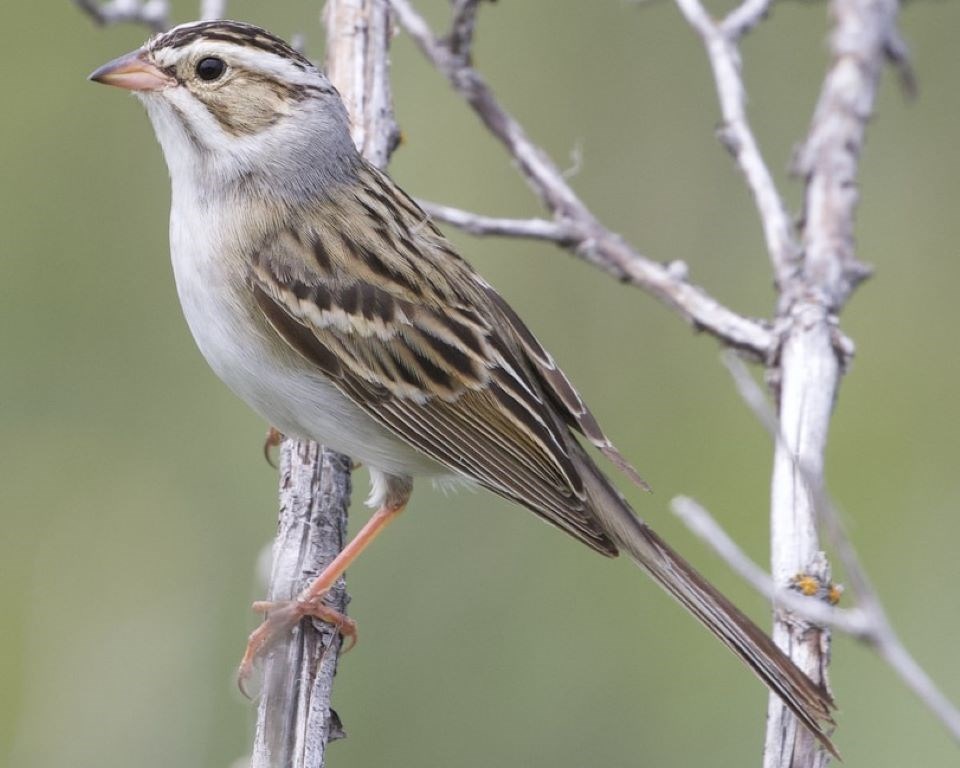PREECEVILLE — The Last Mountain Bird Observatory has been conducting spring and fall monitoring of songbirds since 1990 and has been a member of the Canadian Migration Monitoring Network since 1992. It is responsible for capturing and banding about 3,000 birds every year using mist nets, and has contributed data to national population trends and migration routes in North America. A presentation with the results will be held at the Preeceville Club 60 on July 20.
This presentation will provide a brief overview of bird banding, including local trends and changes that have been noticed, and how the observatory plans to implement Motus technology for future monitoring. Jordan Rustad will be giving the presentation. The Kelsey Ecological Society is sponsoring the event.
Rustad is a wildlife biologist who has worked with non-profit organizations in Saskatchewan for more than 12 years, specializing in bird research, conservation and outdoor education. She recently completed a master of science at the University of Regina, focusing on urban wildlife species richness, community shifts and participatory science. Rustad currently serves as the bander-in-charge at Nature Saskatchewan’s Last Mountain Bird Observatory.
“Last Mountain Bird Observatory (LMBO) is one of the only monitoring stations in Saskatchewan and has been a member of the since 1992. The CMMN is comprised of over 25 observatories across Canada under the umbrella of Birds Canada. The objective is to monitor all land bird species. The emphasis is on priority species that are not being adequately monitored by other programs,” according to the .
“LMBO started in the fall of 1989 with a modest banding program, and since 1990, it has conducted intensive land bird migration monitoring. The data collected gives us insights into population trends, lifespan and movements of birds. On average, about 3,000 birds of 73 species are banded each year, and since 1990, LMBO has banded over 100,000 birds across 126 species. The total number of birds moving through the area is much higher, as banding only takes place in a small section. The five most common species are: yellow-rumped warbler, yellow warbler, clay-coloured sparrow, alder flycatcher and least flycatcher. Most of the migrating songbirds are neotropical migrants — birds that breed in northern regions of the Americas and winter in the tropics.
The birds are monitored through the use of a daily census and systematic use of mist nets (finely woven nets strung between poles along hedgerows). Birds are removed from the nets and tagged with uniquely numbered bands. Data on species, age and sex is also recorded, and all information is forwarded to the Bird Banding Office in Ottawa.
“Migratory songbird populations are monitored, as many species are in serious decline due to the loss of breeding and wintering habitat. LMBO, located about 100 km south of the boreal forest, is ideally situated to capture data on forest migrants. Nearly 50 per cent of North America’s bird species (about 327 species) rely on the boreal forest at some point in their life cycle, with three billion of its land birds (30 per cent), 26 million of its waterfowl (40 per cent) and seven million of its shorebirds (30 per cent) nesting in the boreal region. Up to five billion birds — adults and their young — migrate south from the boreal each fall. Due to many impacts on the North American boreal forest, its future is uncertain: about 30 per cent of the boreal has been allocated for industrial uses (logging, oil and gas, mining and hydroelectric dams); timber companies in Canada cut about 2.5 million acres of timber per year, which in some areas is equal to rates in tropical rainforests. Many of North America’s most rapidly declining birds are among those most reliant on the boreal forest for their survival; over 40 land bird species that breed in the boreal are in decline.”

.png;w=120;h=80;mode=crop)
.png;w=120;h=80;mode=crop)
.png;w=120;h=80;mode=crop)
